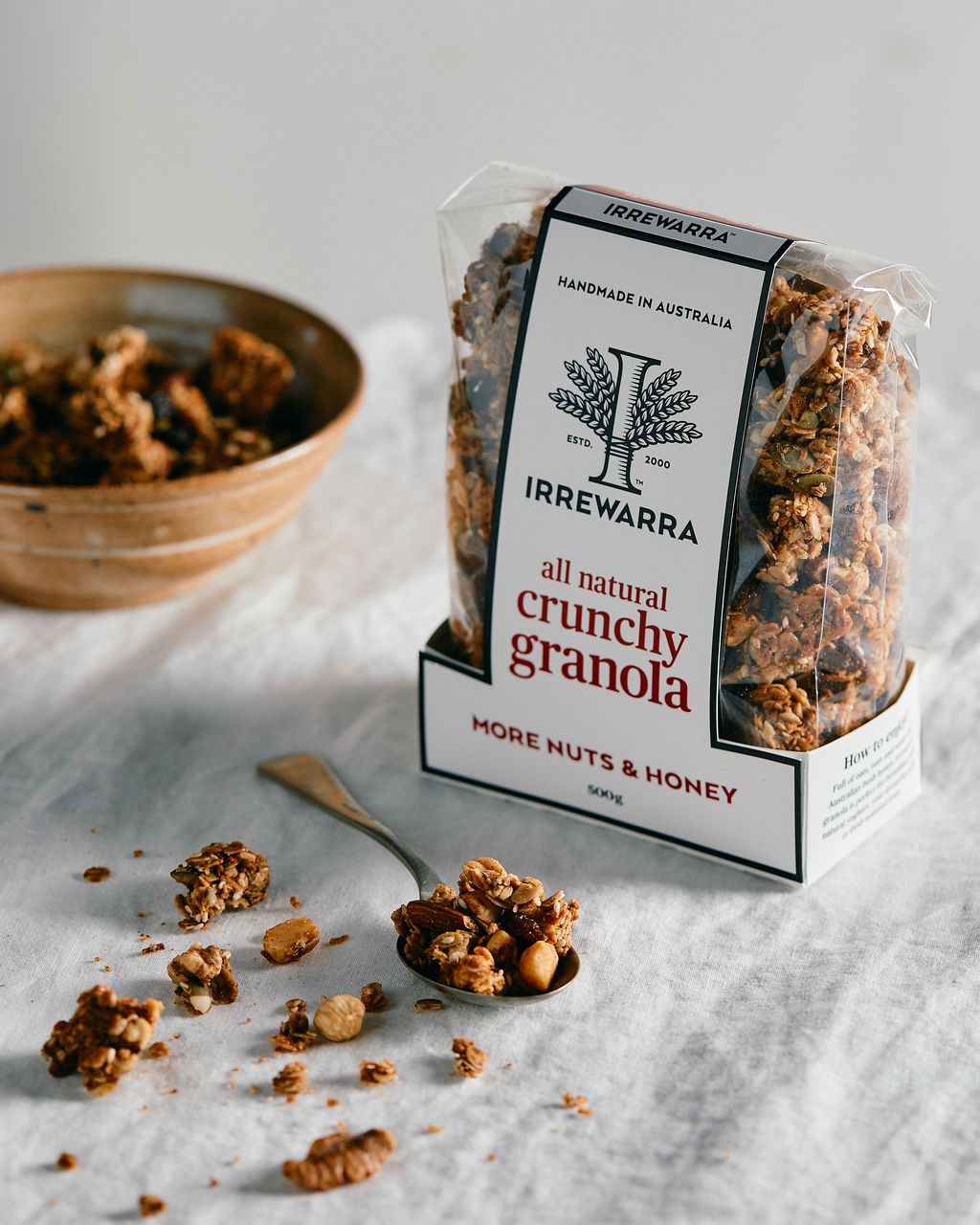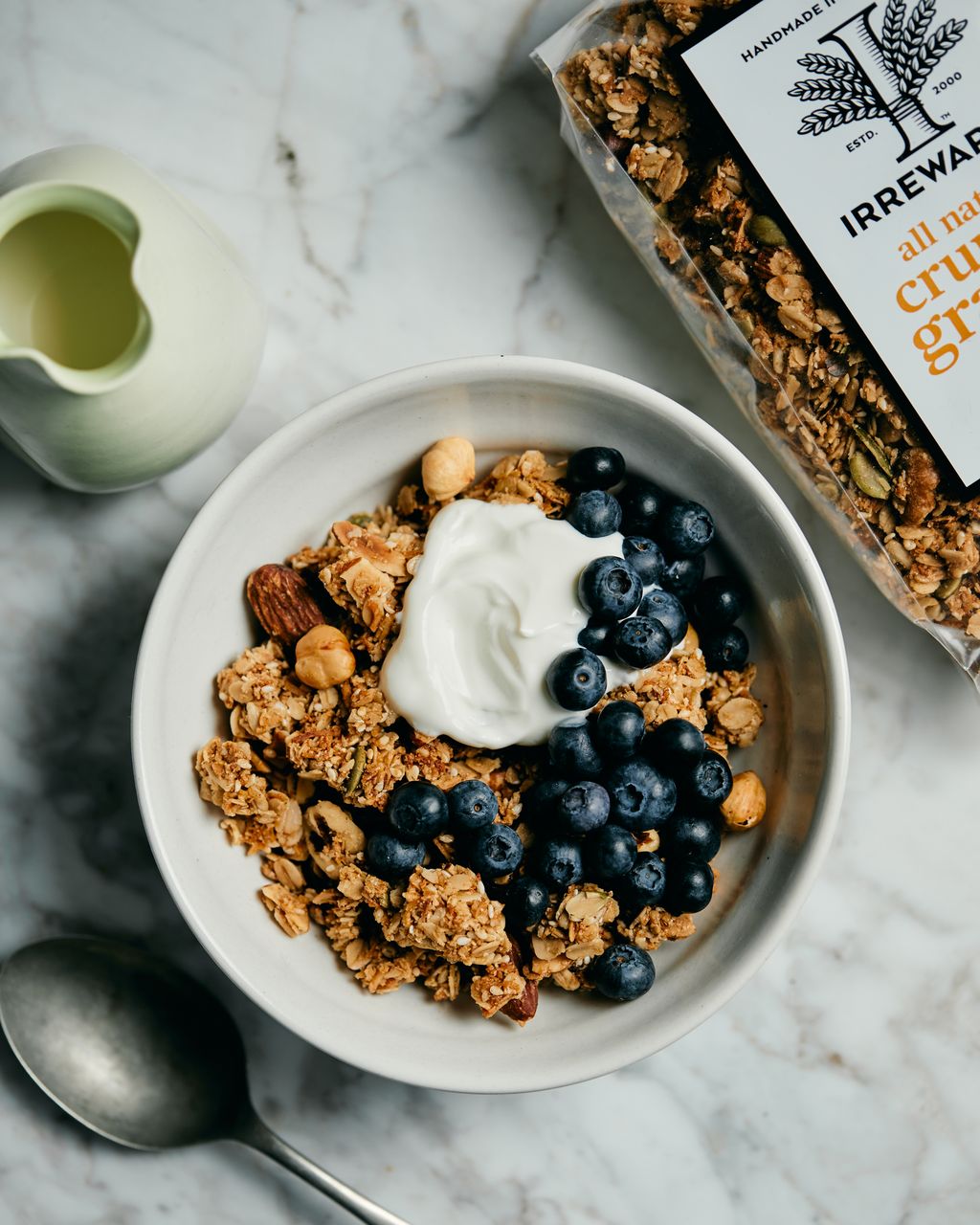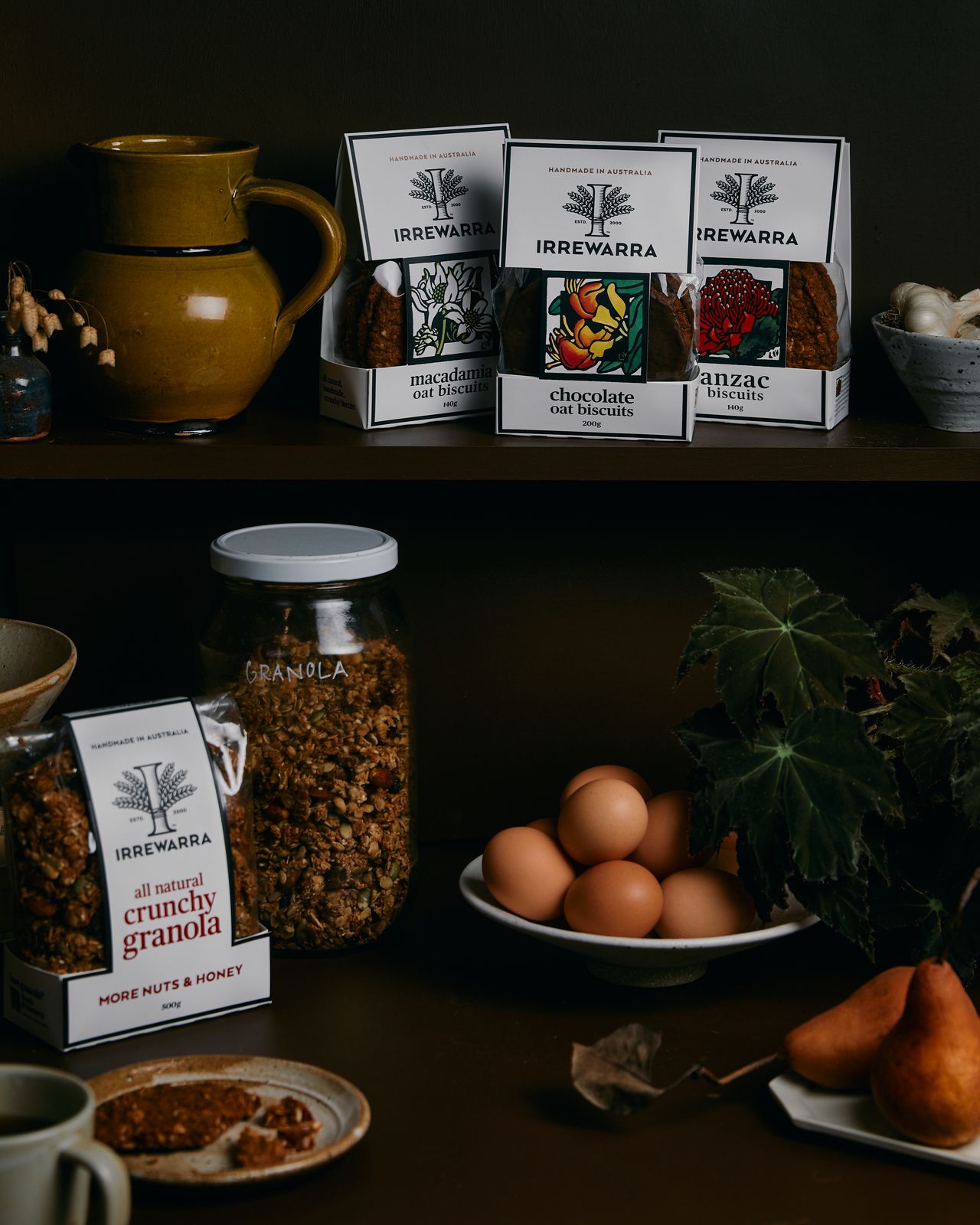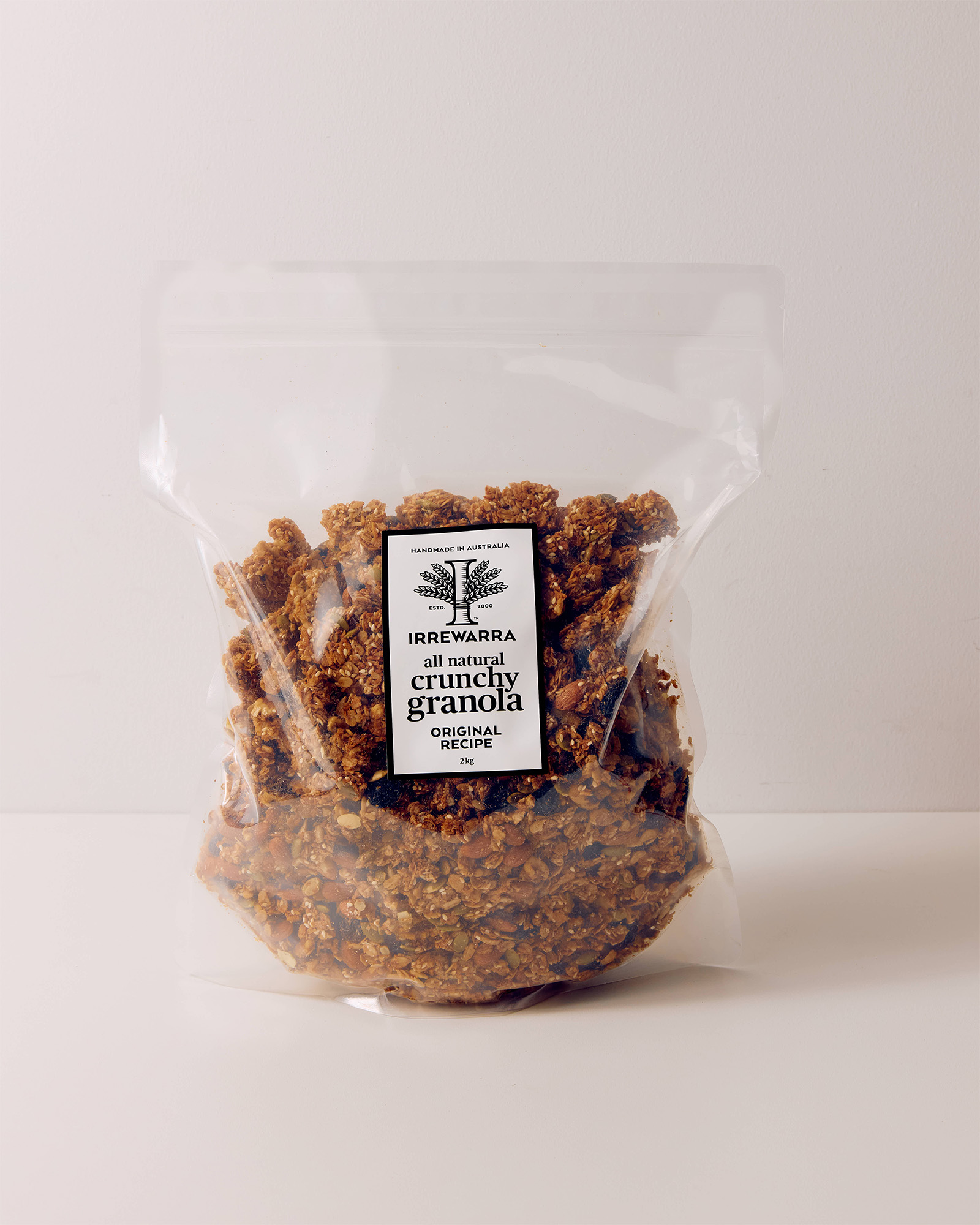Restoring the wilds - Doongara update
Nearly a year has passed since we purchased Doongara, on the western banks of the Woady Yaloak River opposite the township of Cressy, just north of Irrewarra.
Our commitment to this project was strengthened this week after the release of the report on the state of the Australian environment and biodiversity, which must be shocking to all Australians. We feel that in a small way our Doongara project is a contribution to reversing the environmental and biodiversity devastation we are all witnessing.
Like any project, achievement requires collaboration and sourcing contributions from highly skilled people. We’ve gathered a team of experts to help us on this regenerative journey, including local farmer and natural resource management consultant Frank Carland.
Frank brings over 35 years experience in natural resource management and sustainable agriculture to our project, and similar to us, is driven by a desire to improve and preserve native landscapes for future generations.
When asked what makes Doongara unique, Frank believes it’s the lower reaches of the Woady Yaloak River, which are lined with ancient red gums, along with the array of native grasses and ground cover species:
“There is some big water pools – wide and deep – which support great habitat for all kinds of birds and aquatic or amphibious species. There is no doubt it was of great importance to the indigenous inhabitants, which highlights its cultural significance,” says Frank.
Ancient red gums along the Woady Yaloak River on Doongara. Photo: Frank Carland
While the project is in its early stages, Frank has begun collating information to help identify the environmental, cultural and historical assets and values present on the property, along with any legislative restrictions regarding the management of the site. This has included ground-truthing site inspections and compiling an extensive plant list that will help inform the overall management plan.
As we have highlighted in past posts, our first priority was removing stock from the site which bog up river backs, graze on red gum saplings that germinate naturally, and trample wildlife. Next comes removing some of those invasive weeds including Bathurst Burr, Chilean Needle-Grass (CNG) and Phalaris. With on-ground works undertaken by Odd Jobs Colac, local landholders and Goldfields Weed Management, the Bathurst Burr was hand-pulled and burnt, while the CNG and Phalaris were sprayed and then burnt. Removing weeds using these various methods will encourage natural regeneration of indigenous species and native vegetation.
“Future works will include an integrated program of weed control, revegetation and mosaic burning,” said Frank. “And it would be nice to think that true Cultural Burning, as practiced by Traditional Owners, might be possible one day. When we get to this stage, we know we have a thriving natural environment with few weeds.”
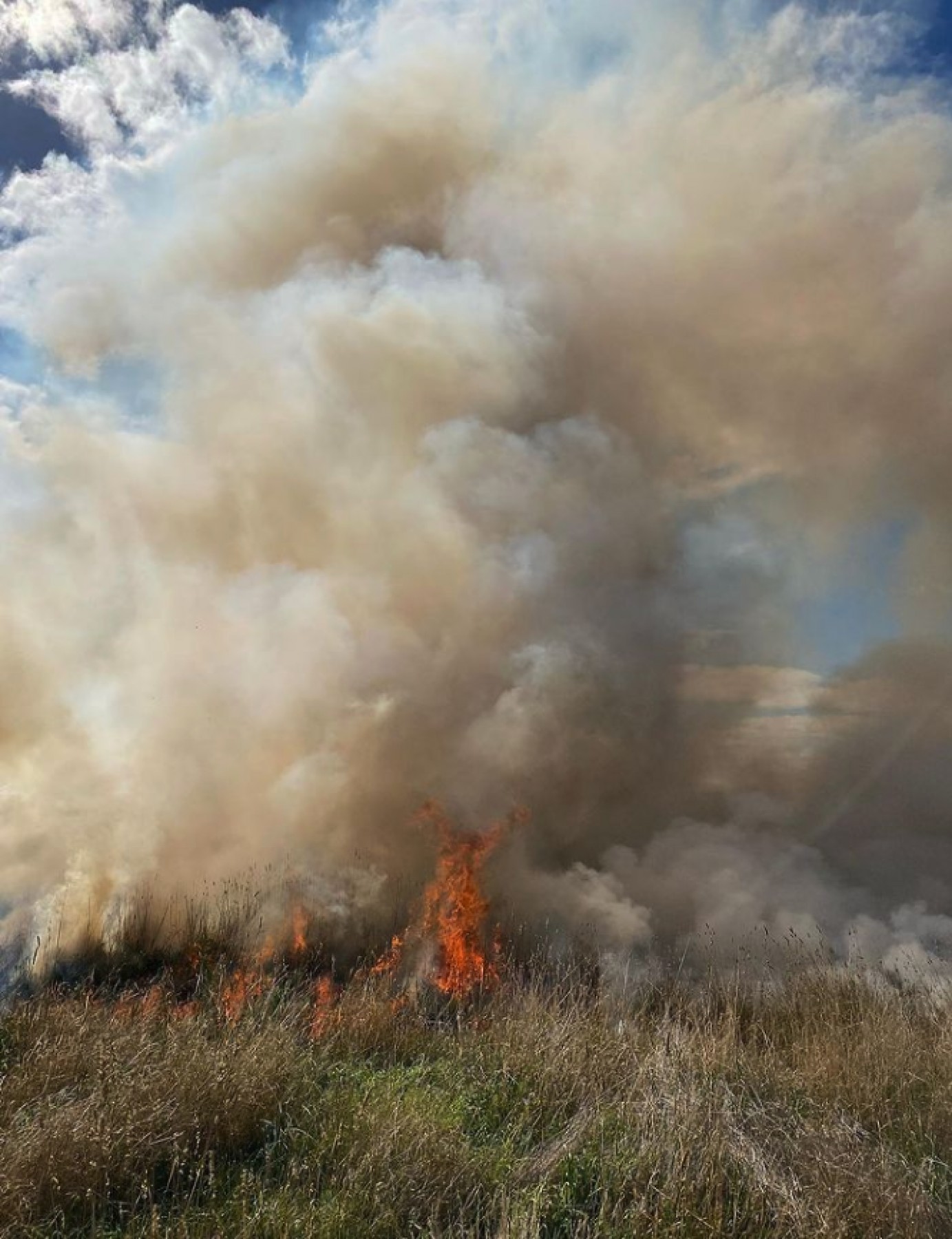
Weed eradication using burning methods. Photo: John Calvert
An important aspect of returning Doongara to its natural state is attracting bird life. Adam Fry, a local bird expert, conducts seasonal bird counts on the property. This gives us more information about habitat locations, migration patterns and bird diversity.
In the latest bird count, Adam observed a variety of species including Australian Pipit feeding amongst grasslands, a Nankeen Kestrel flying above the western side of the property and some gorgeous Superb Fairywren in the original homestead garden site.
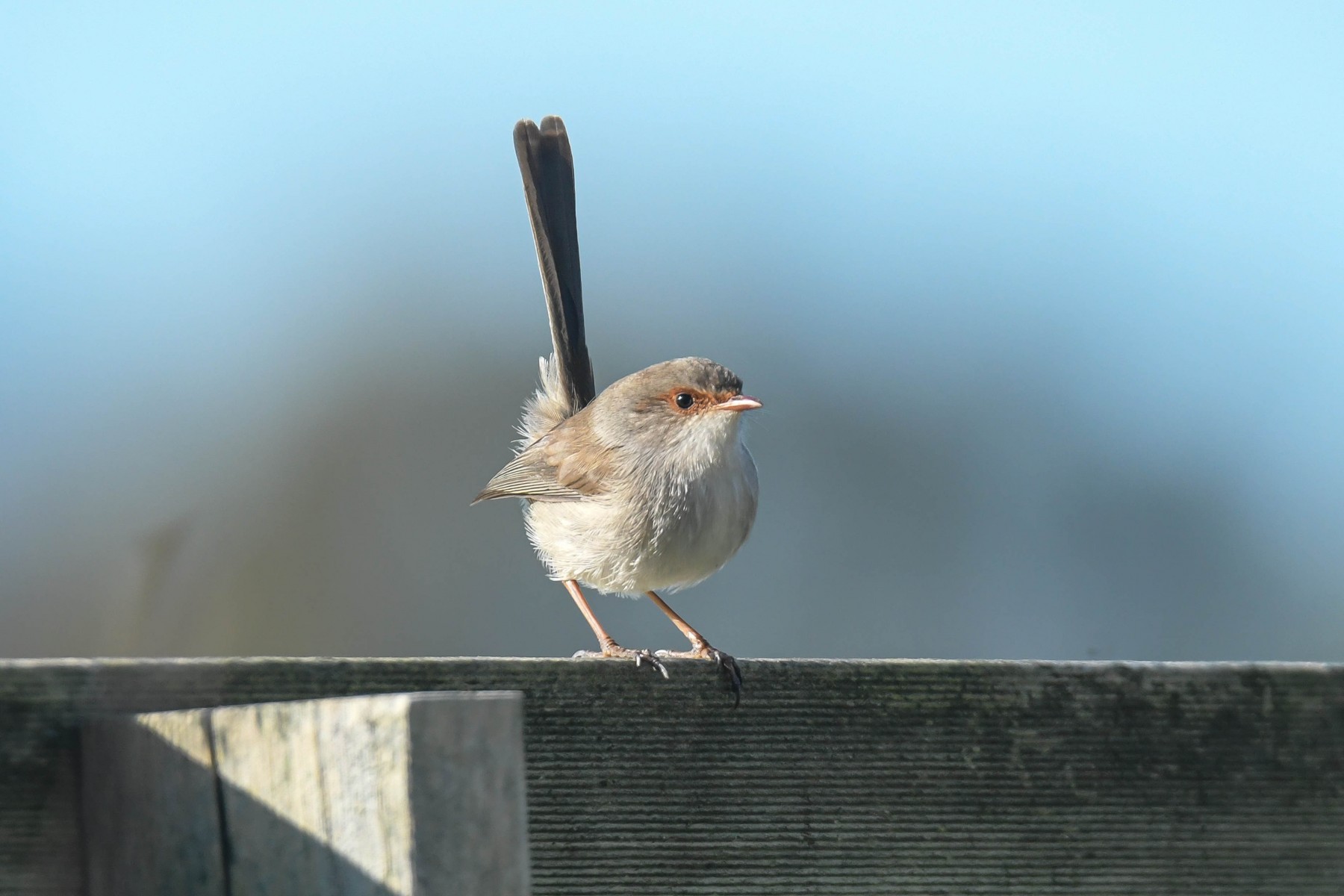
Superb Fairywren. Photo: Adam Fry
So what’s next?
Otway Greening Nursery in Deans Marsh has grown a large array of plants (from seed collected at the site) to help speed along the restoration process and once planted, these will increase biodiversity and provide competition for weeds. We will also do a count of river red gum saplings now growing well.
We’re also working with Corangamite CMA on a potential partnership project with the aim to protect several threatened species found on Doongara over the past 12 months, including Brolga (Endangered), Growling Grass Frog (Threatened) and Great Egrets (Vulnerable). Watch this space!
We’re thrilled to already be seeing a difference in the landscape across Doongara, with significantly less weed cover and an increase in native species and bird life. In the future we hope to open the site for visits by people passionate like us in revegetation and preserving native landscapes and ecosystems, and play our part in rewilding our planet.









